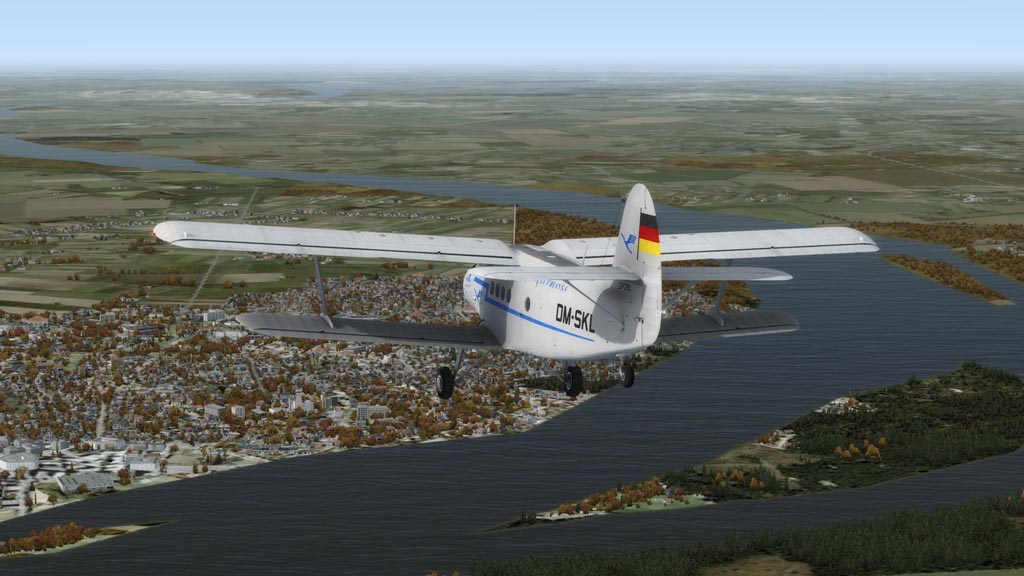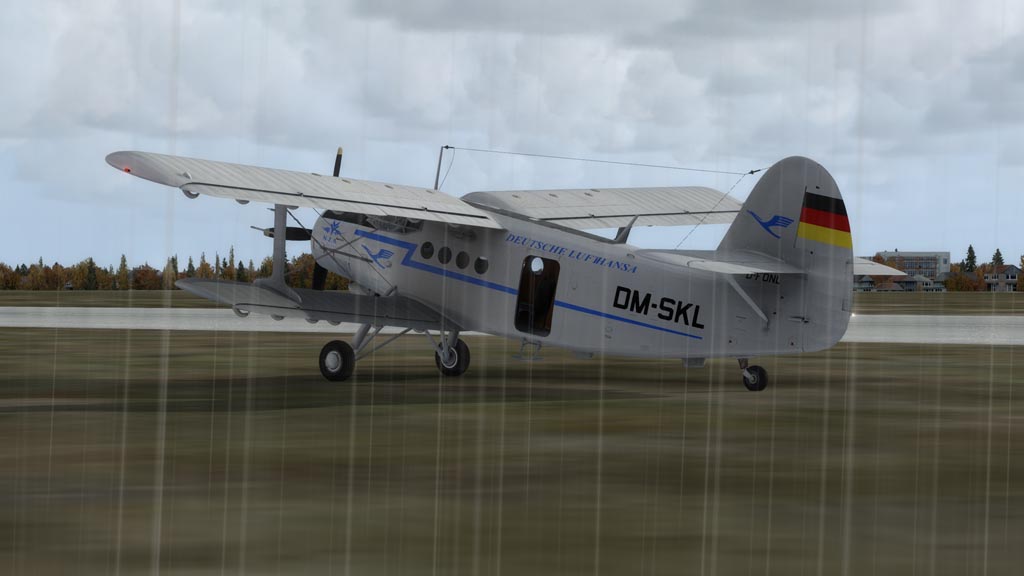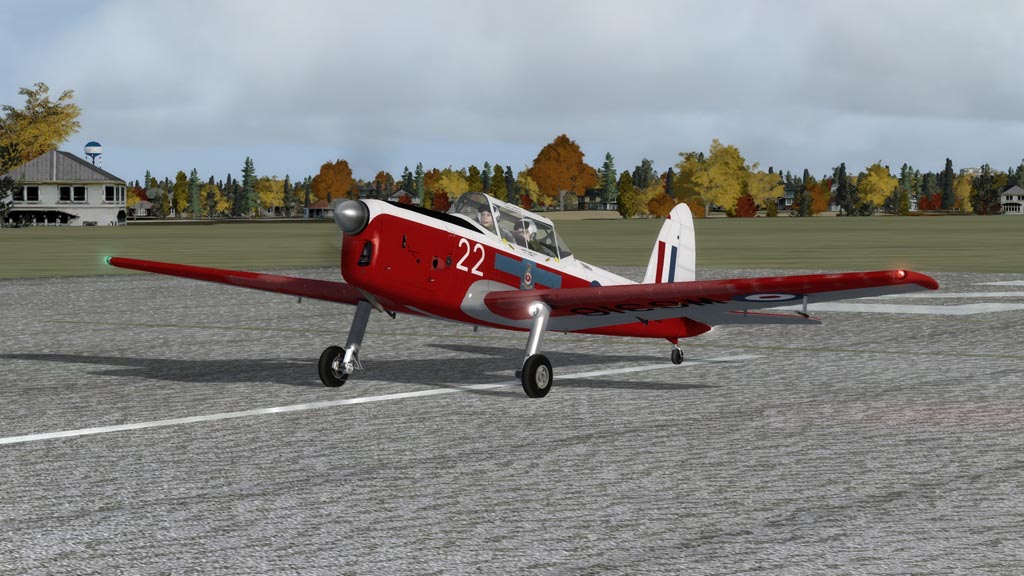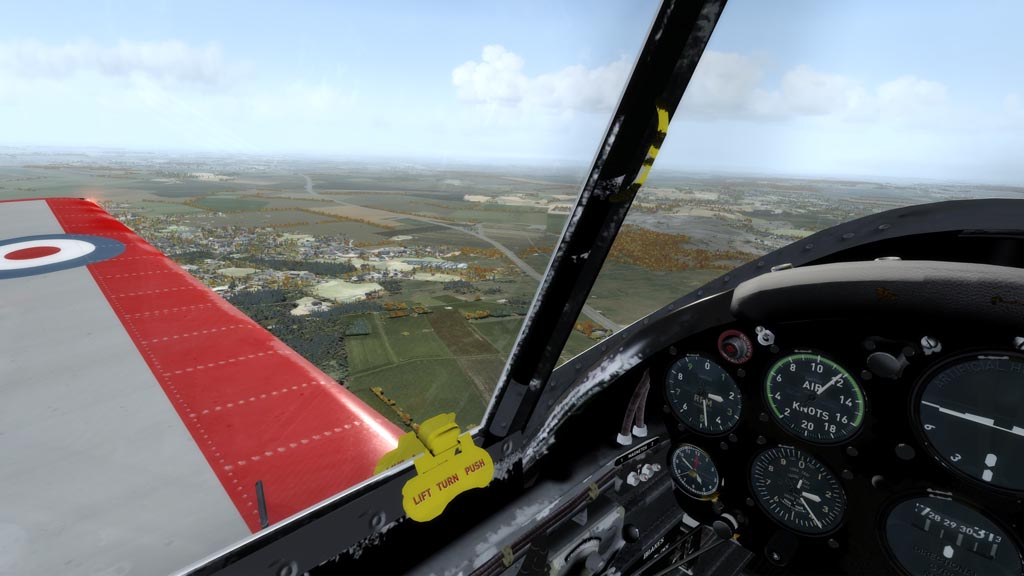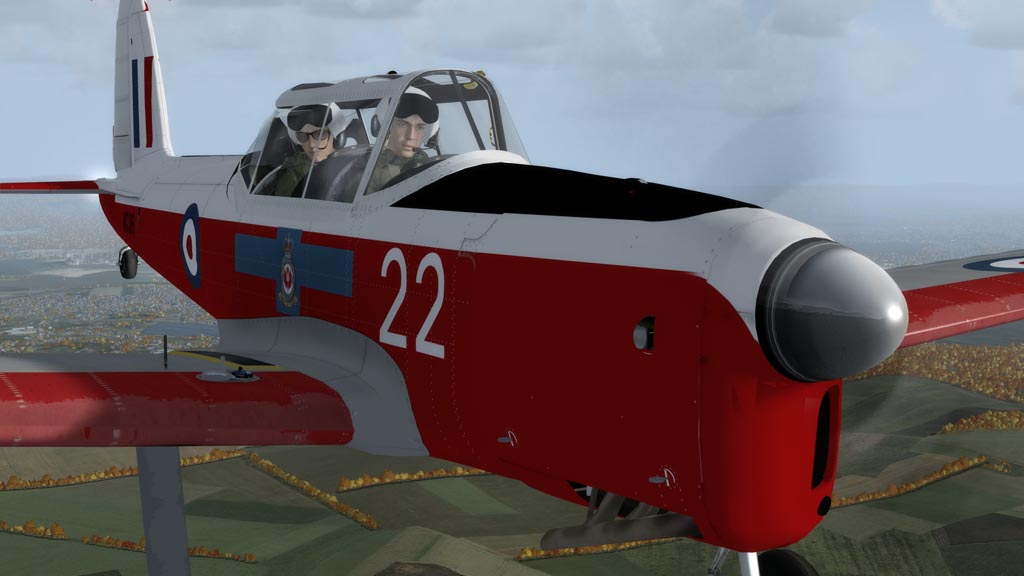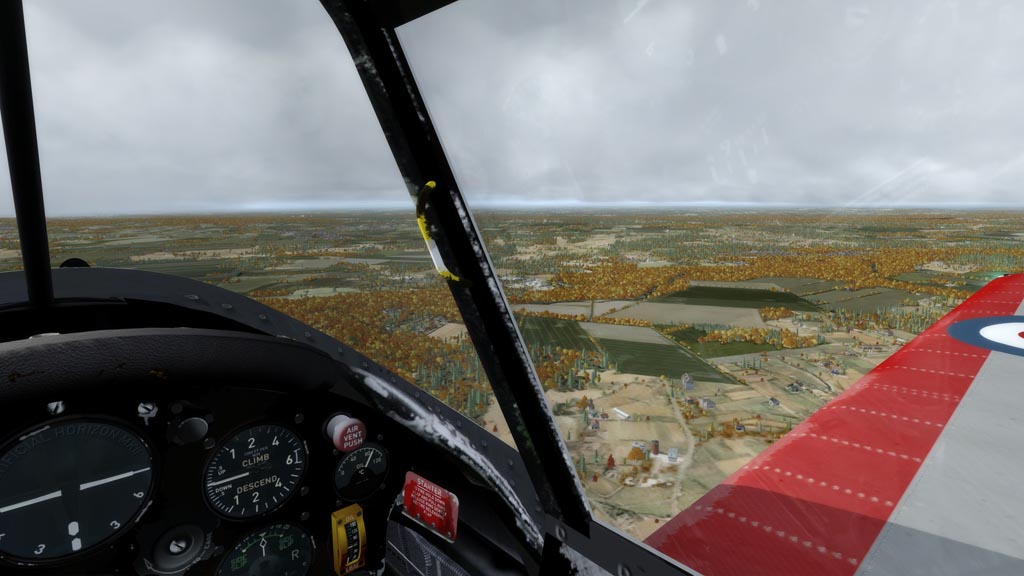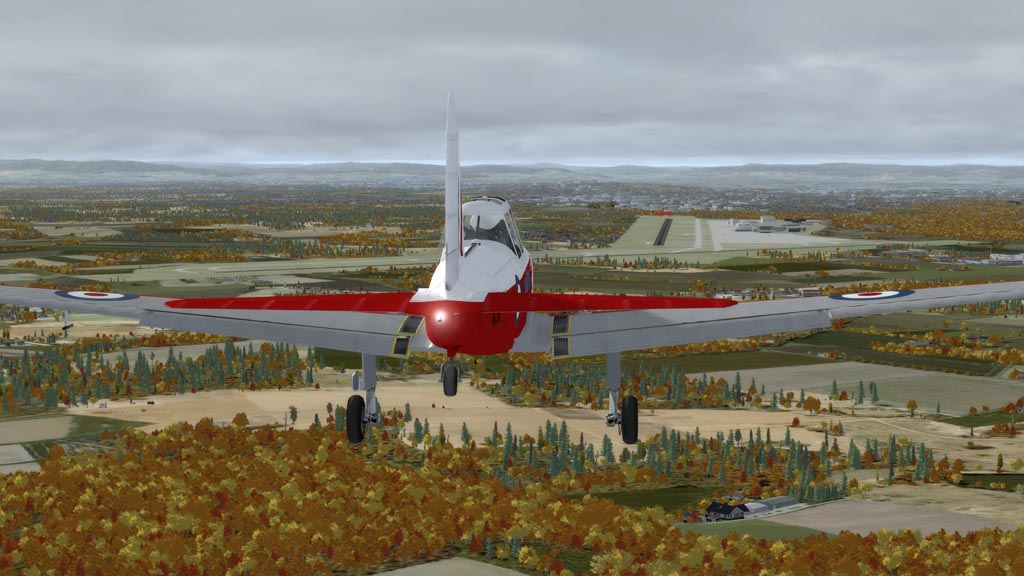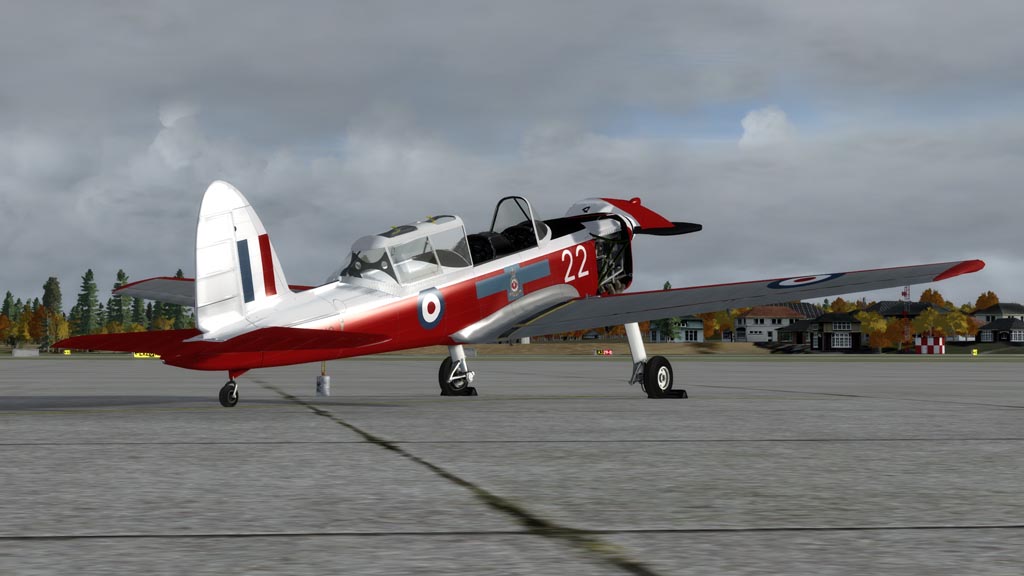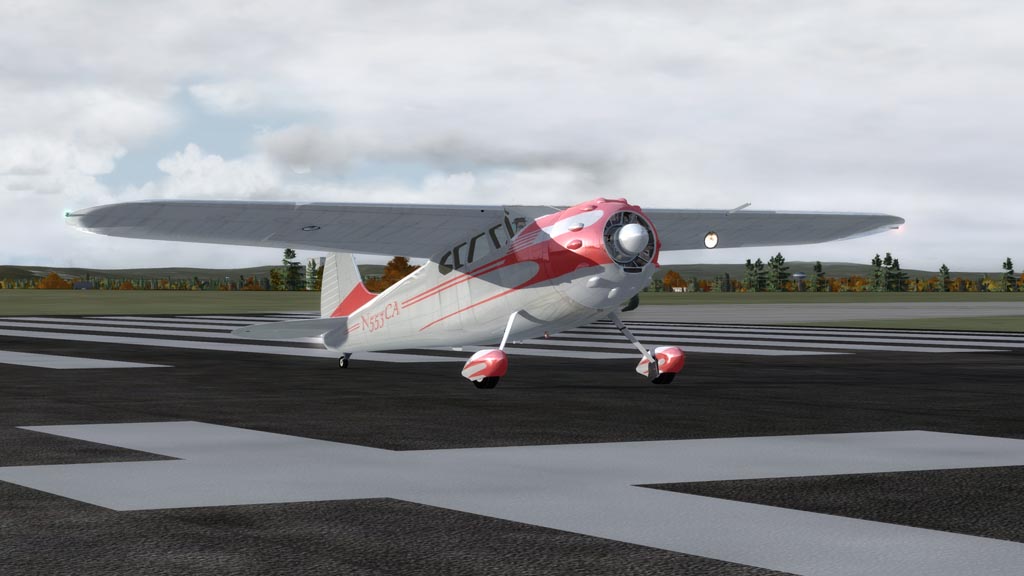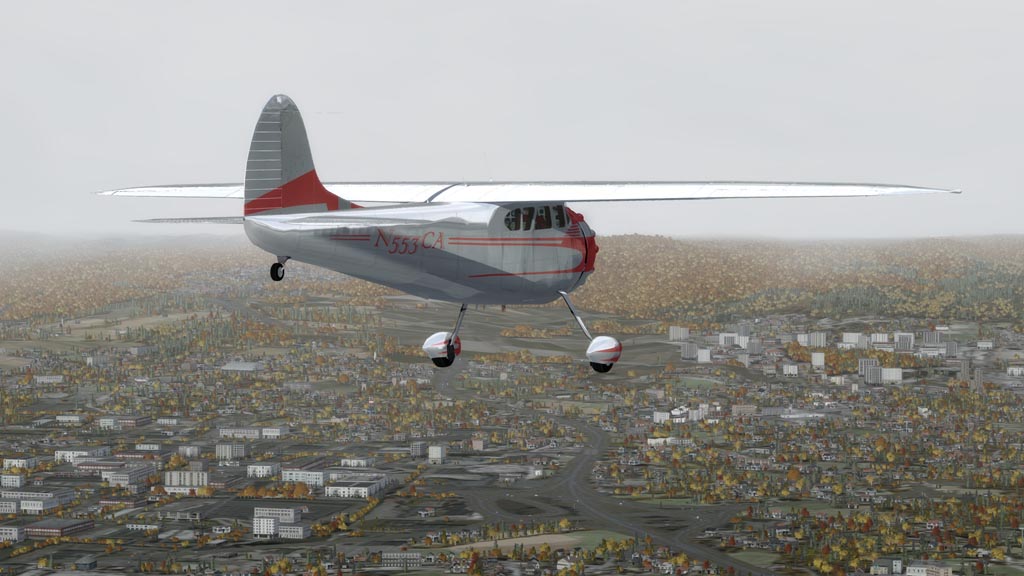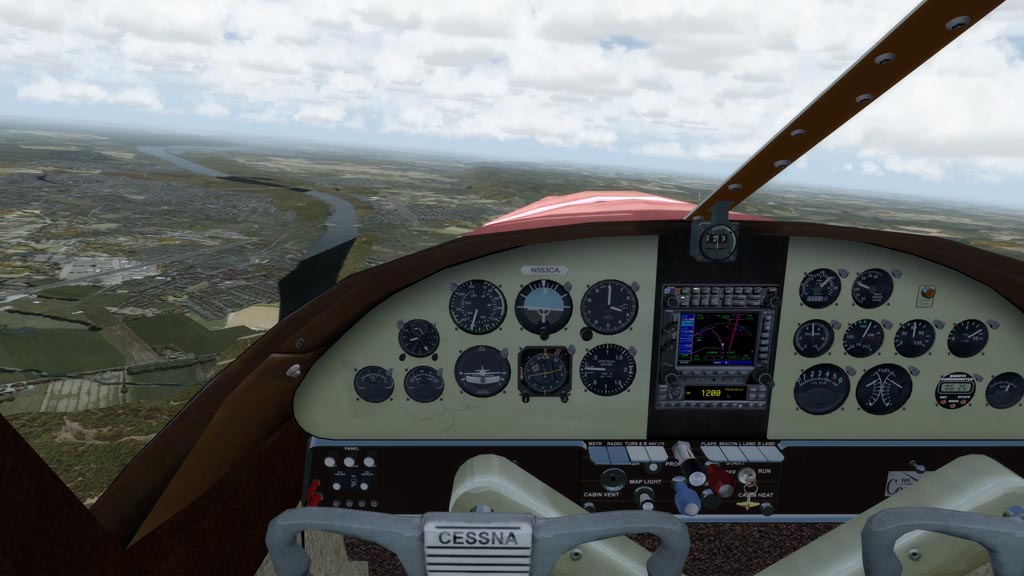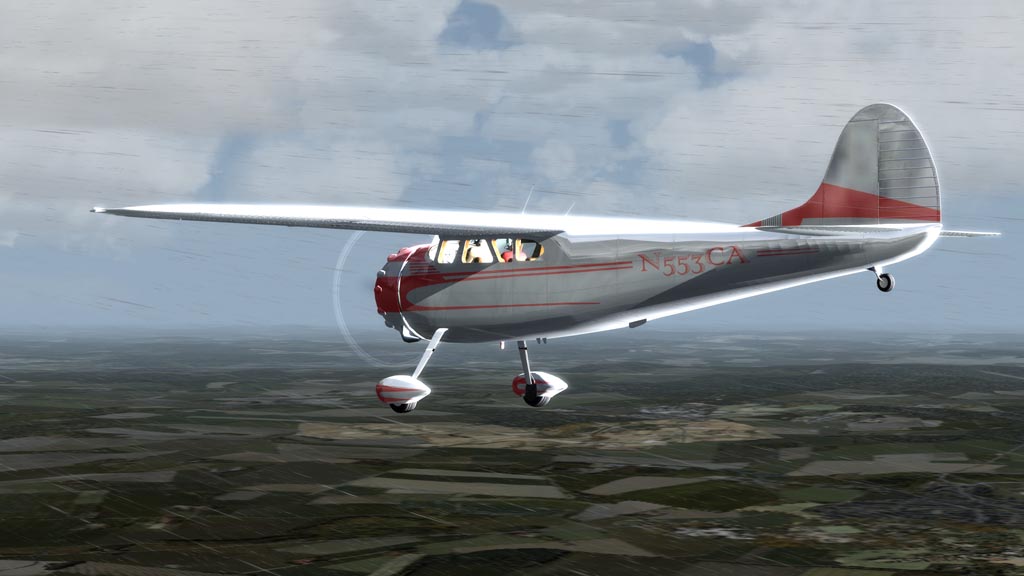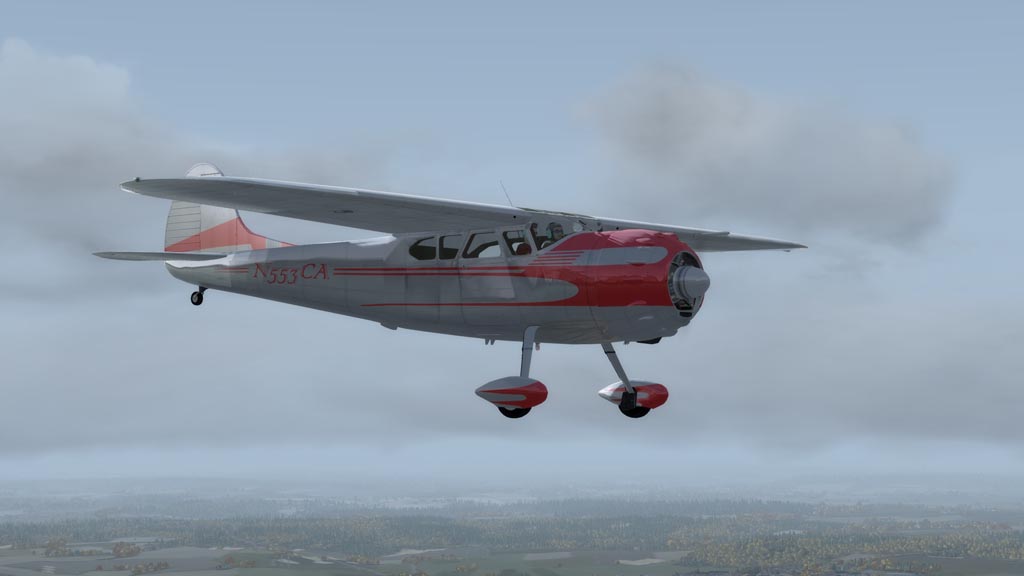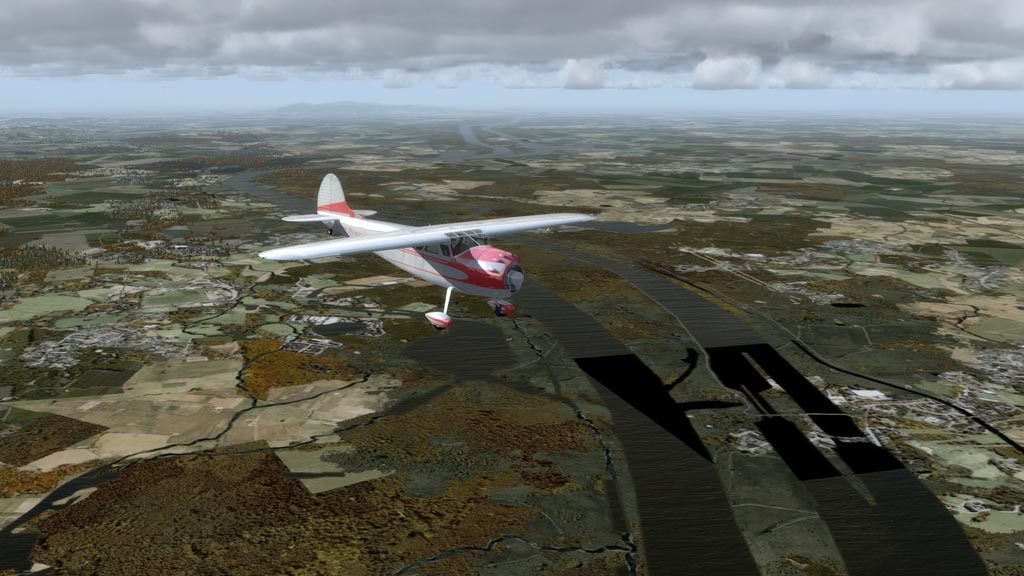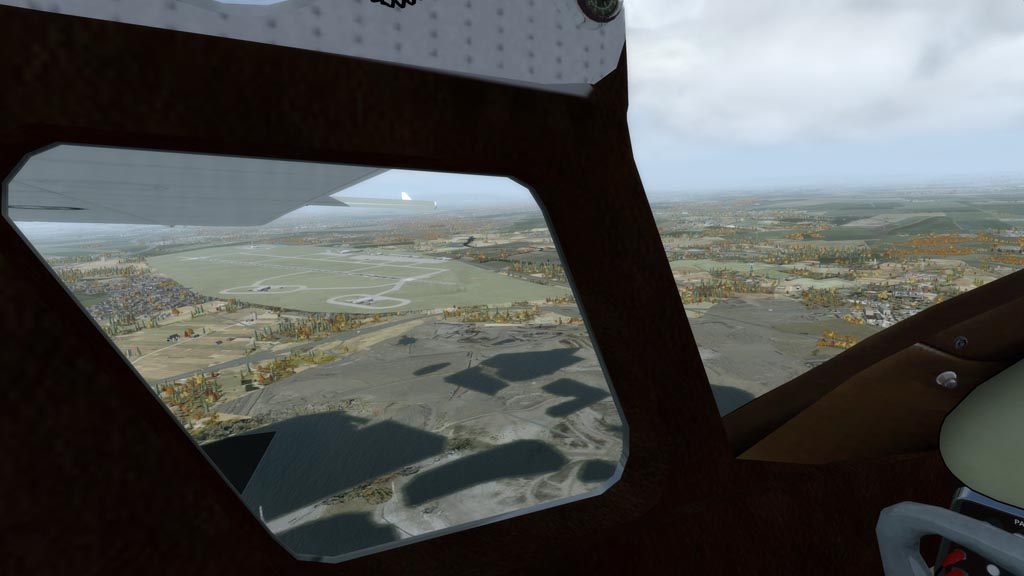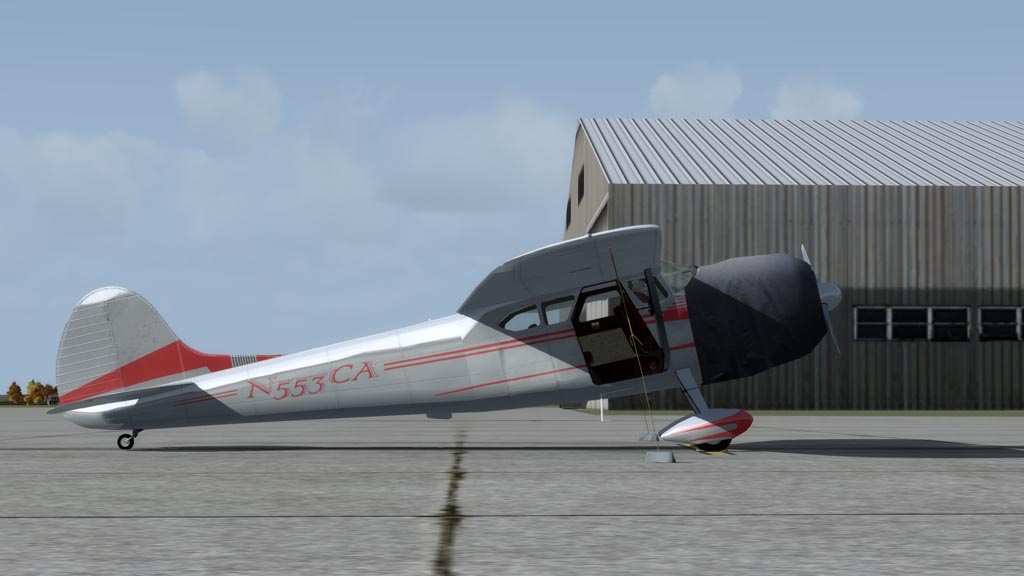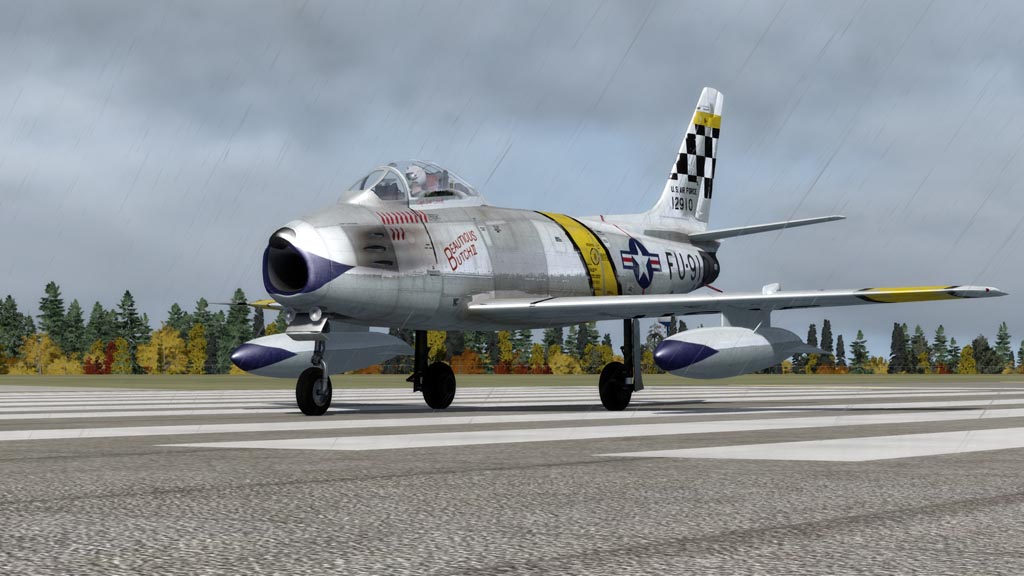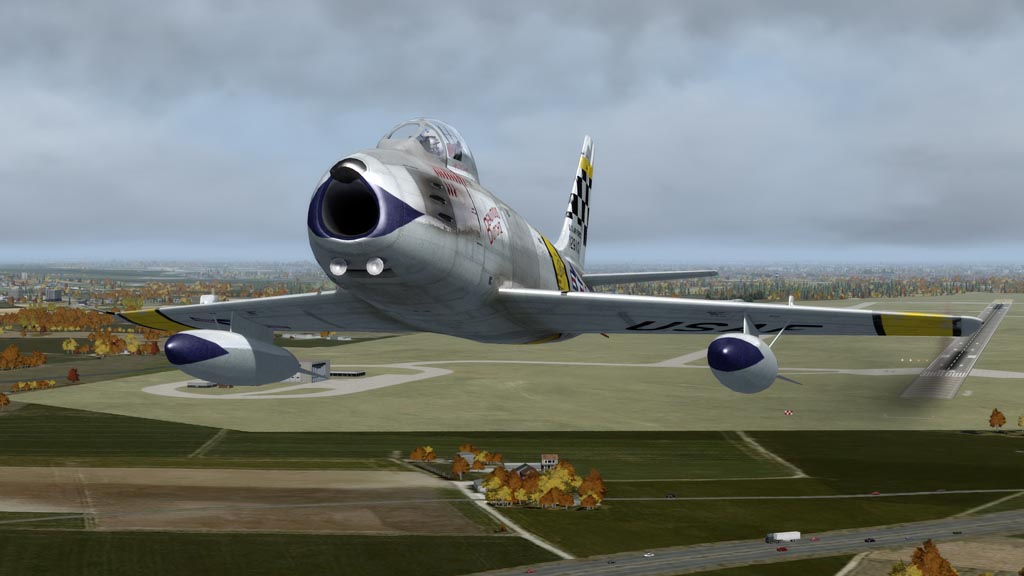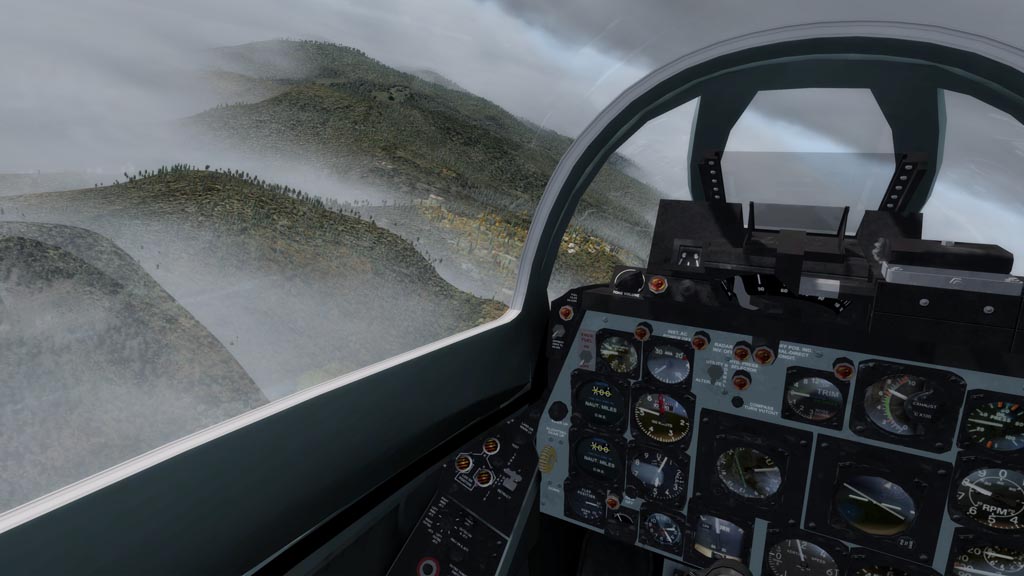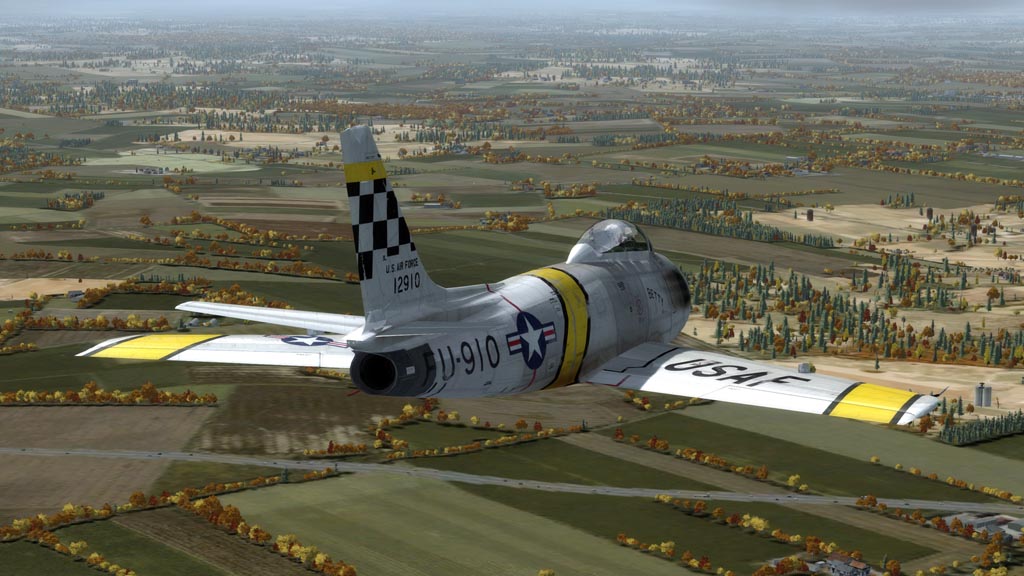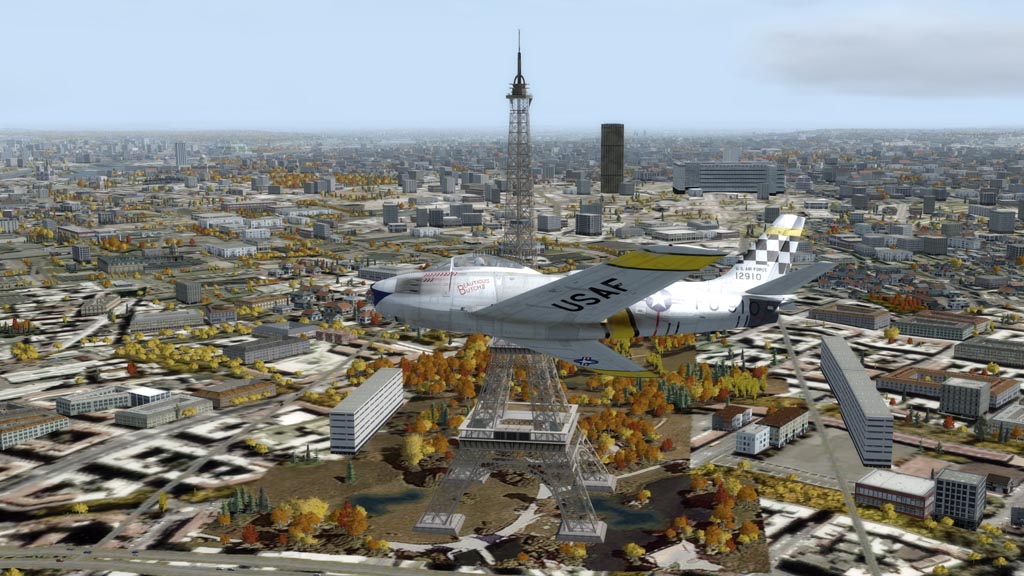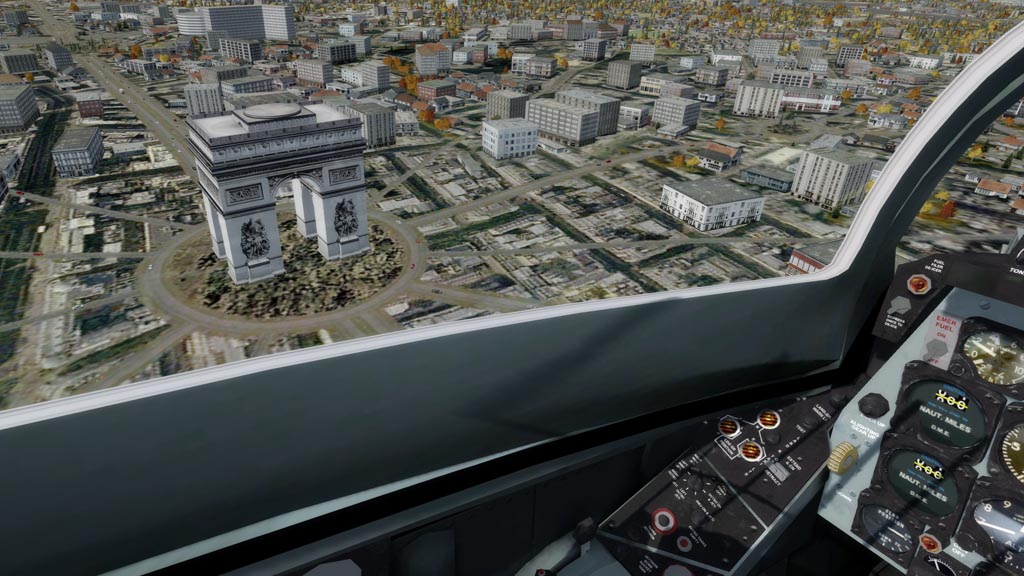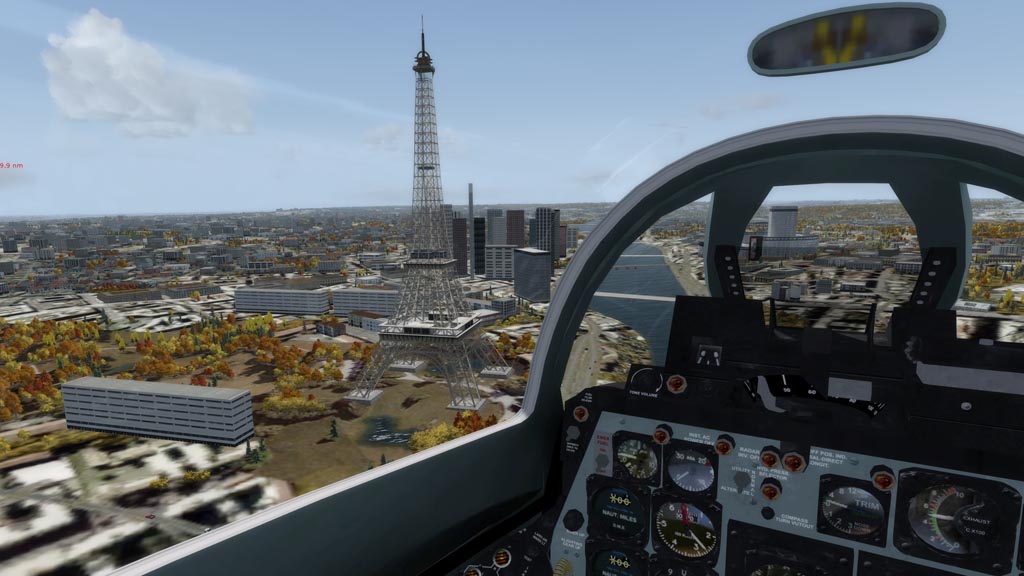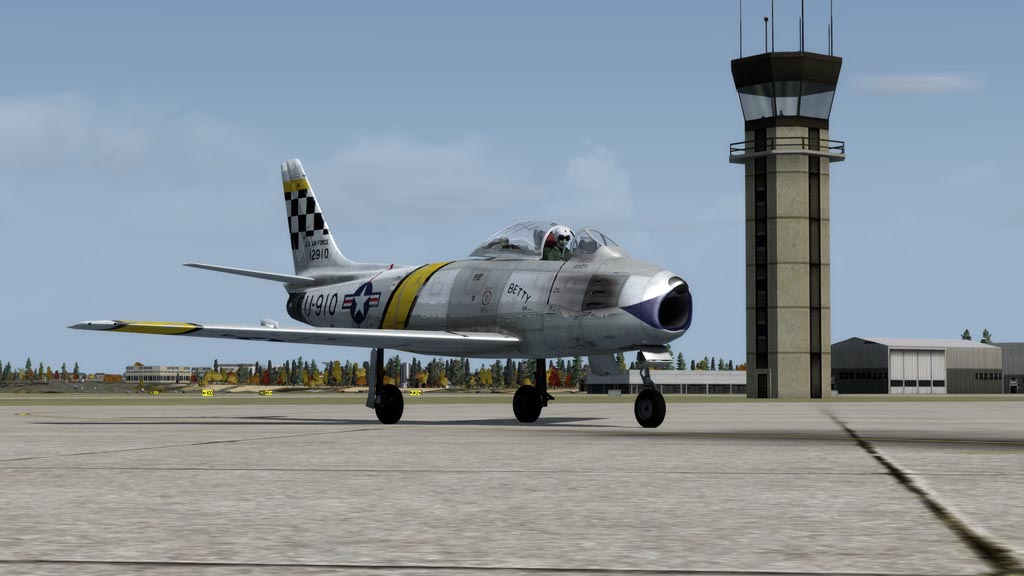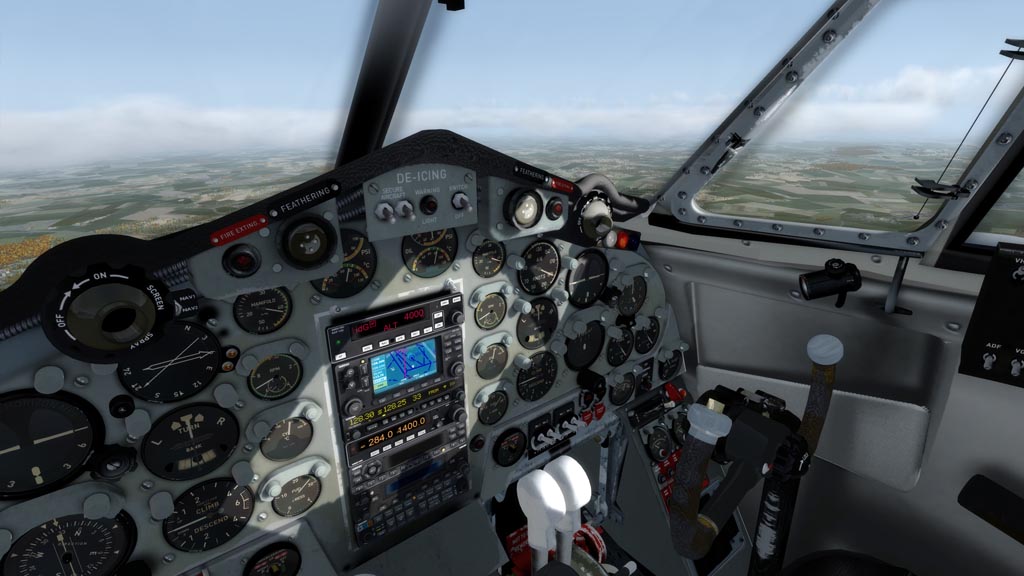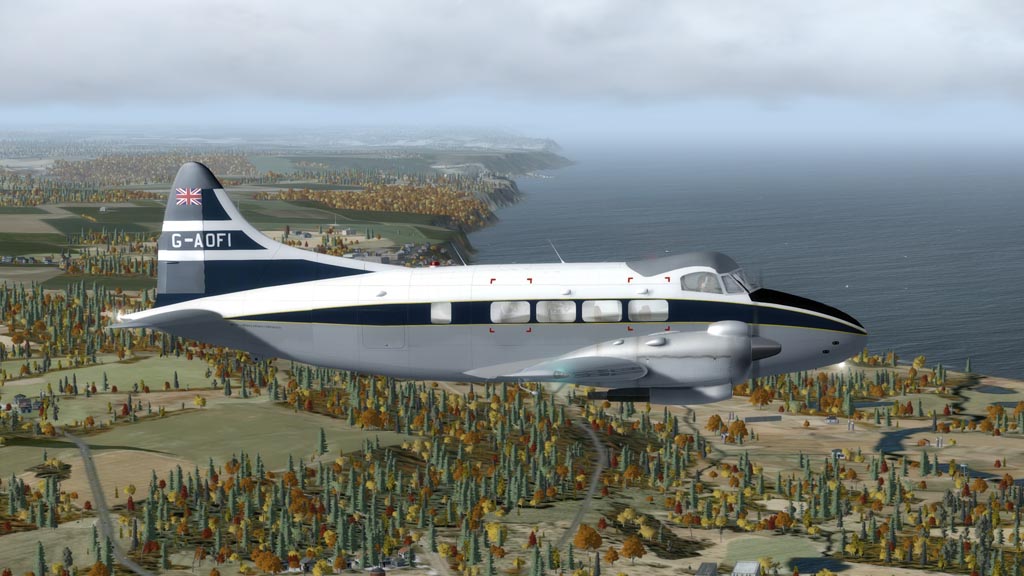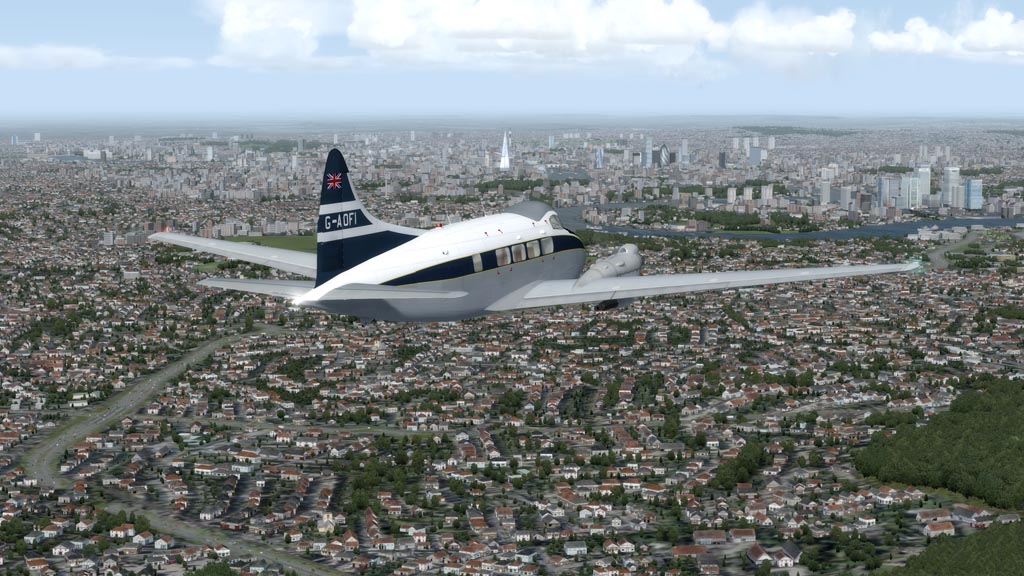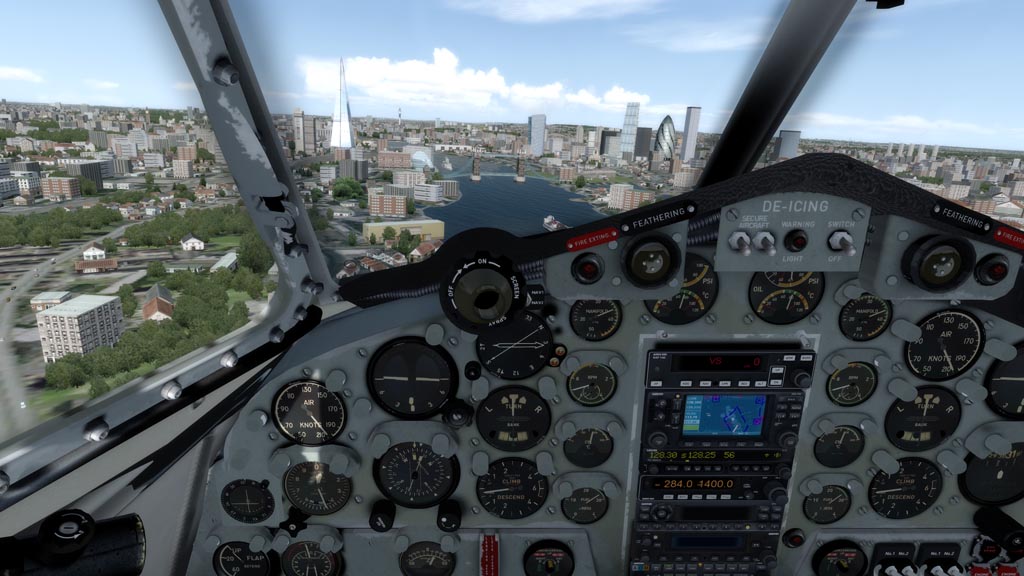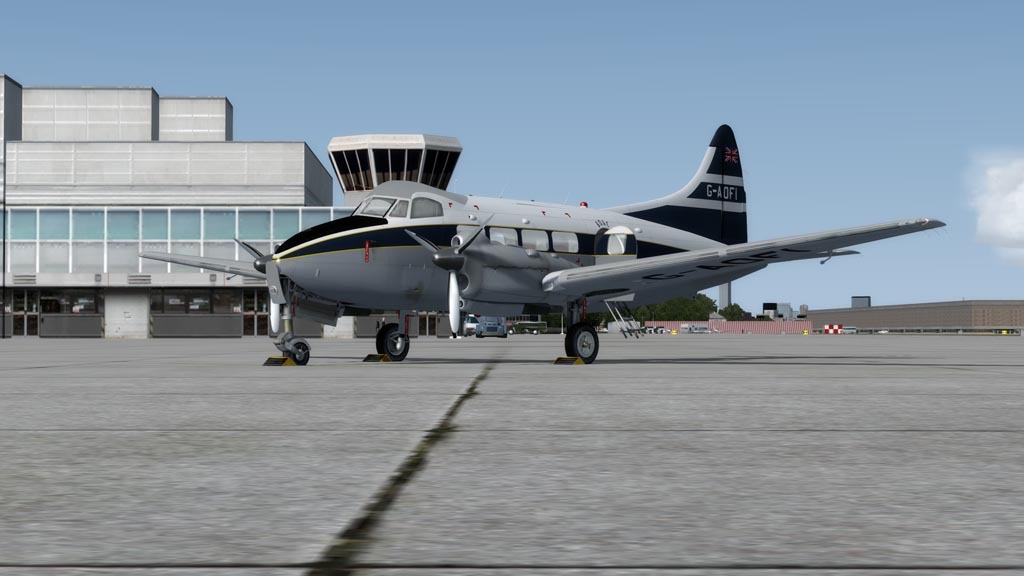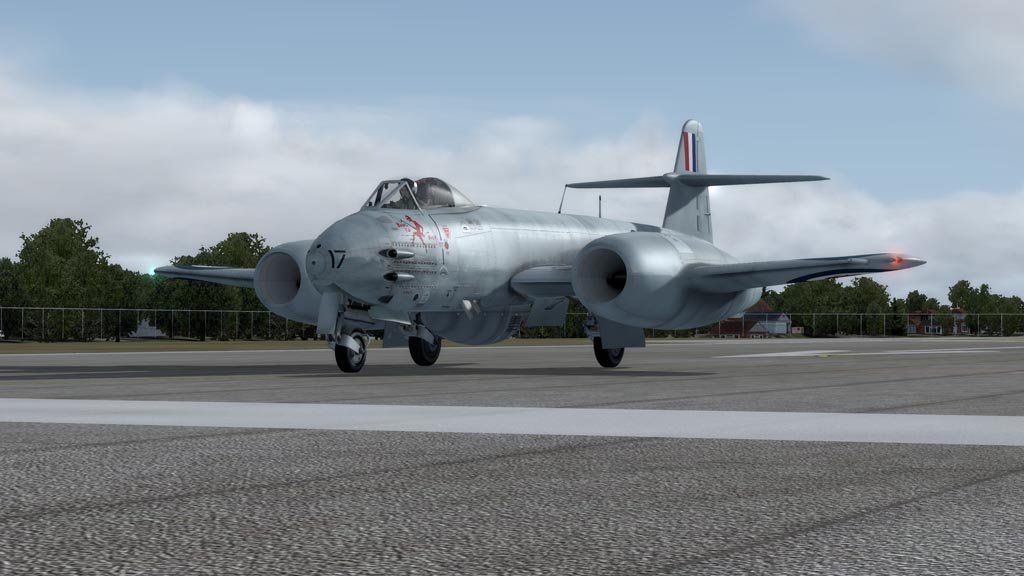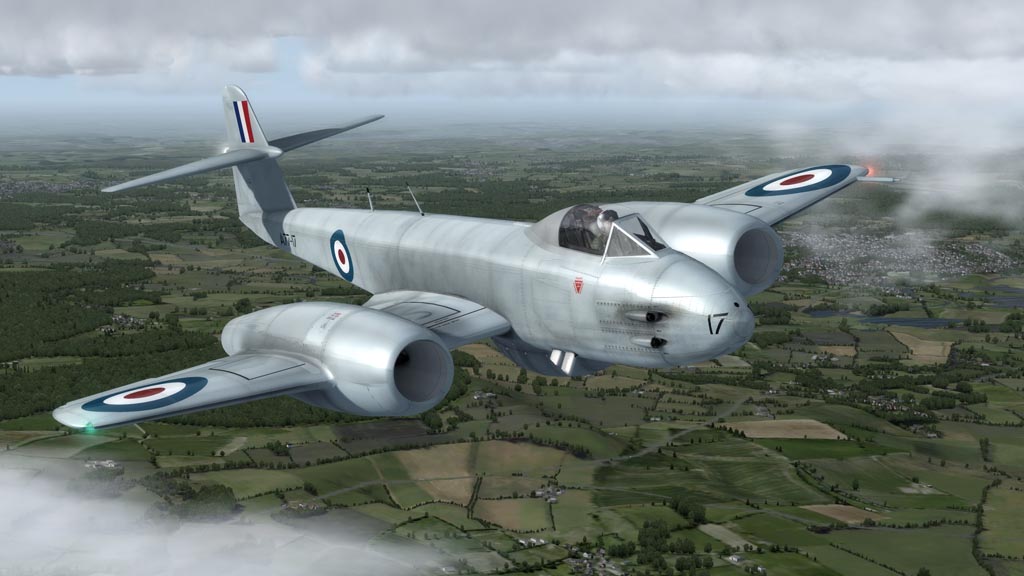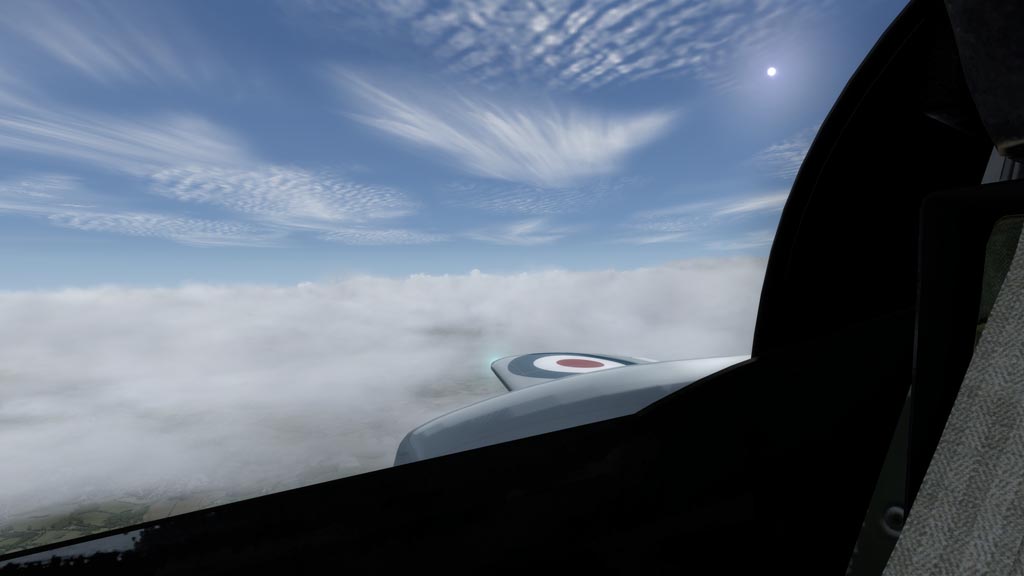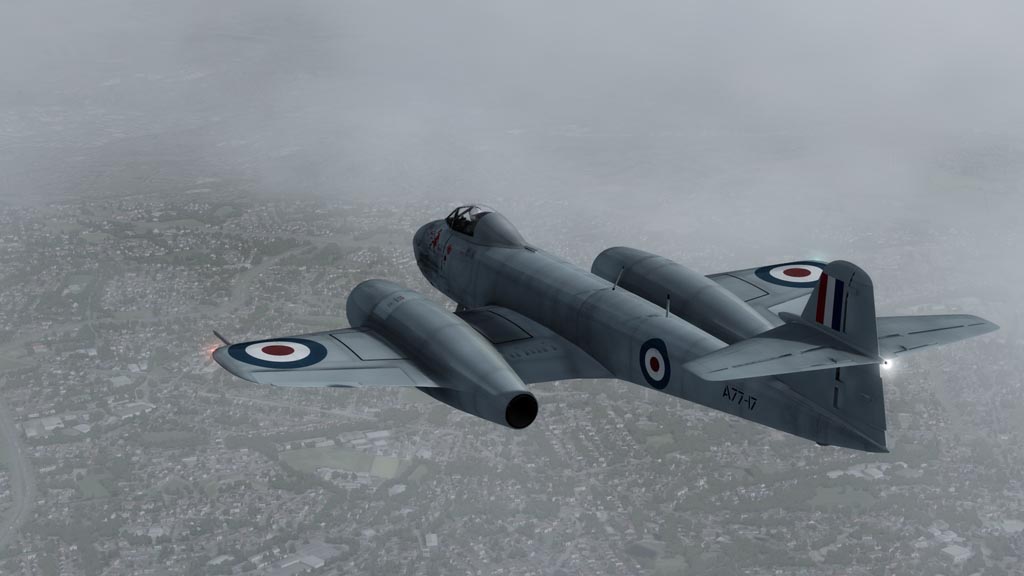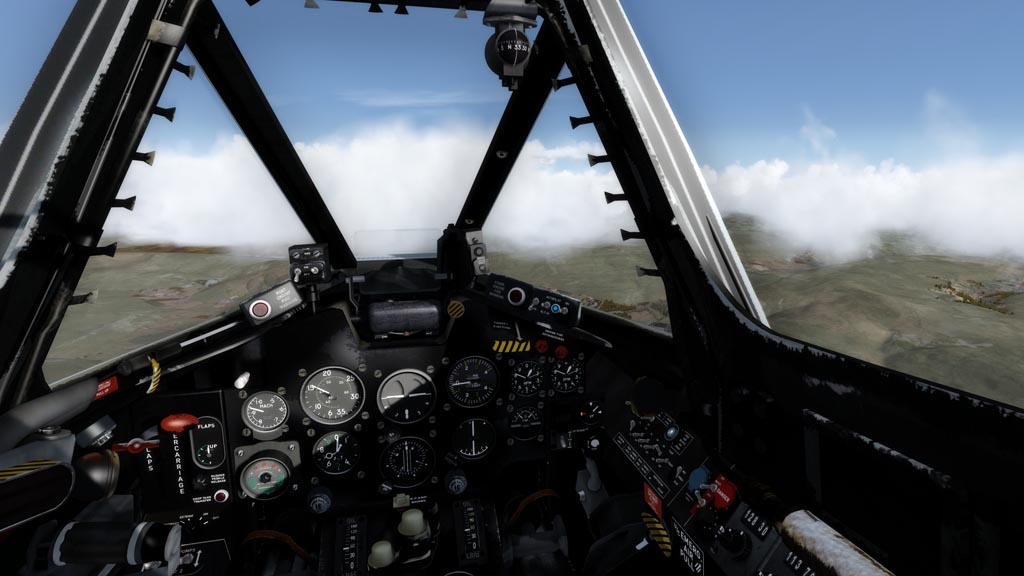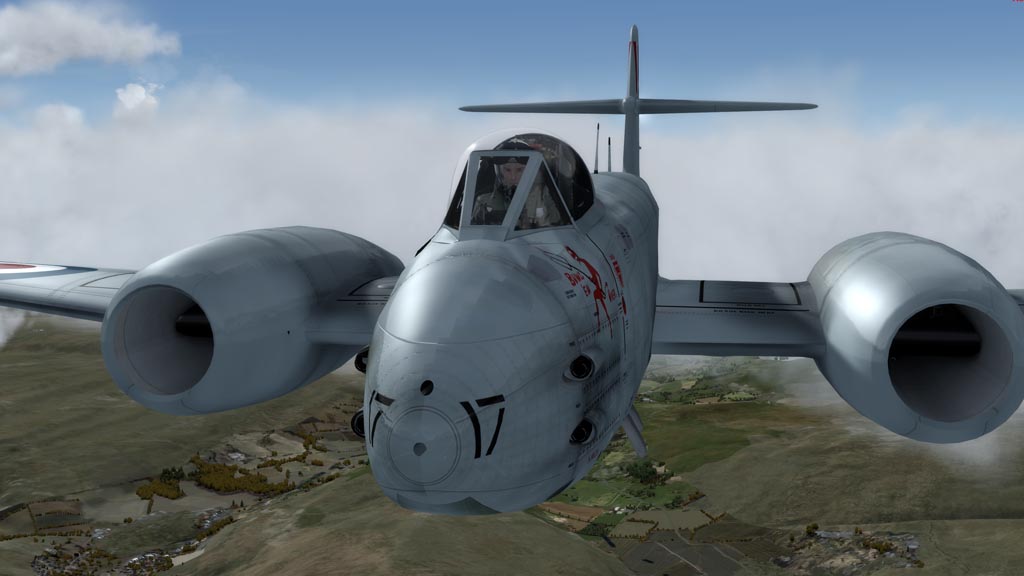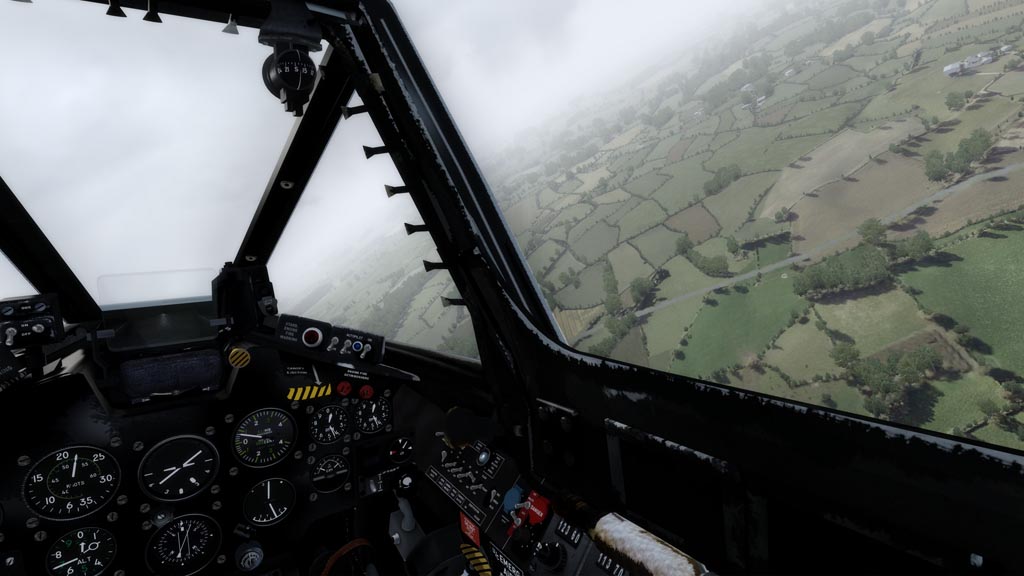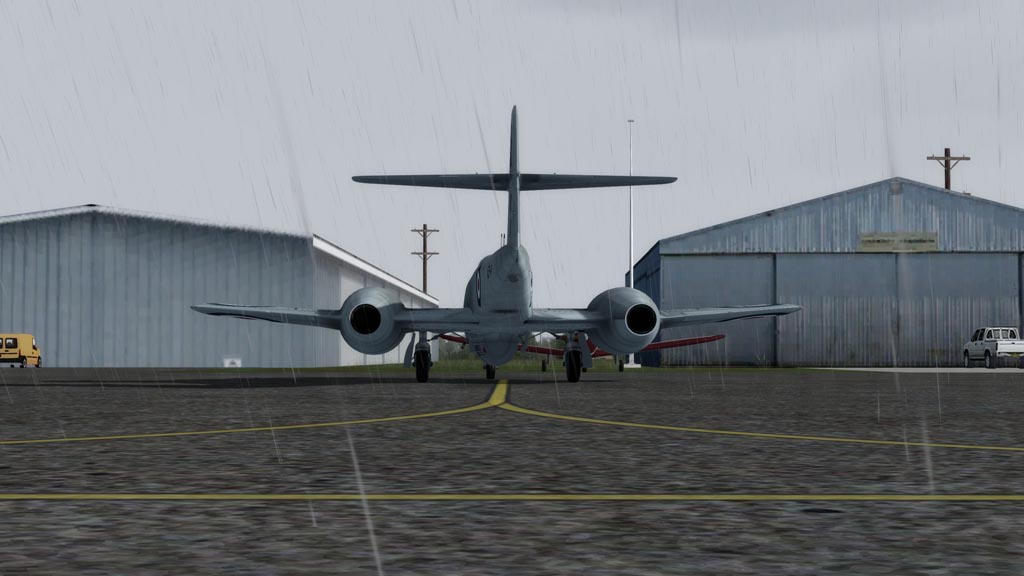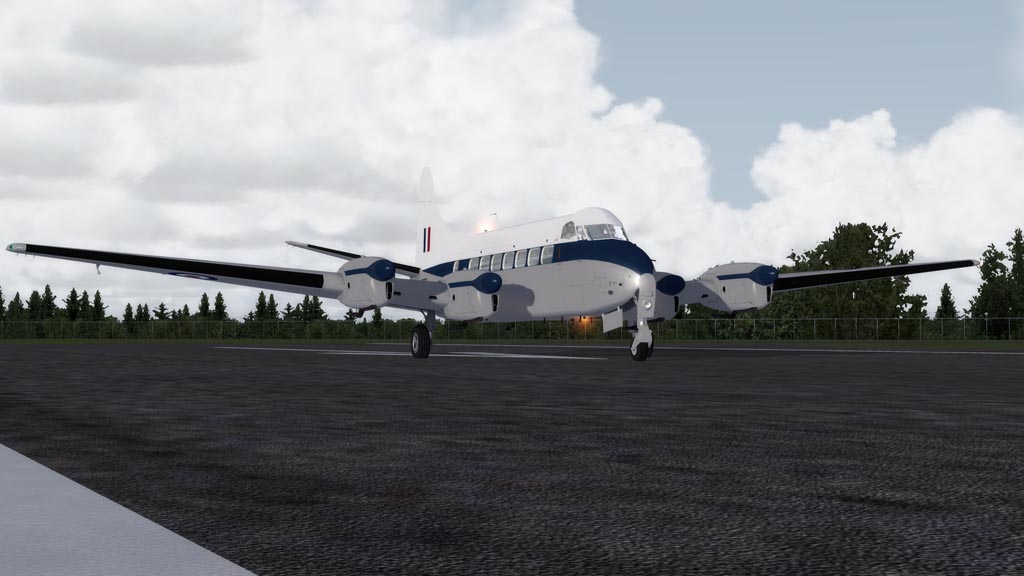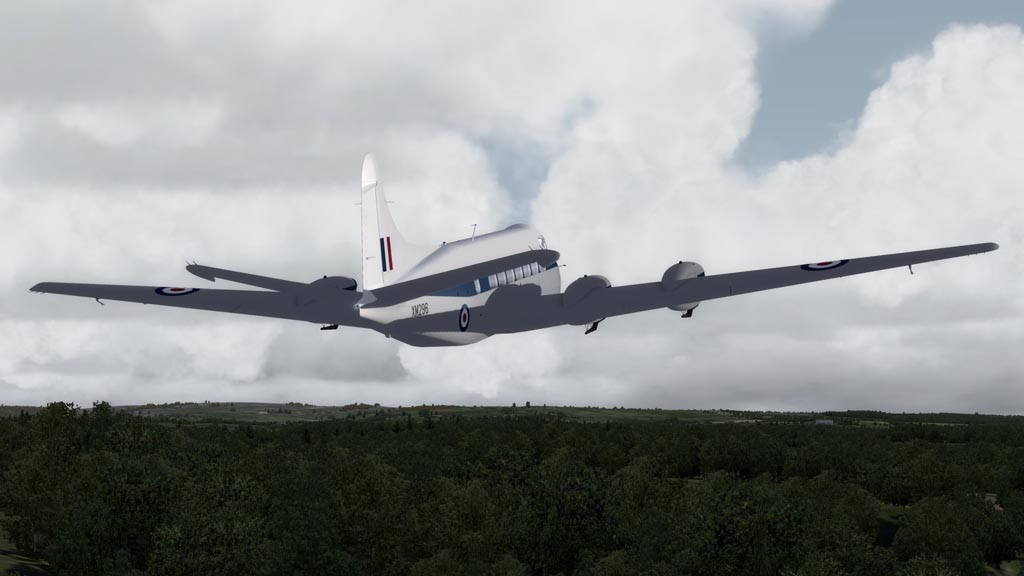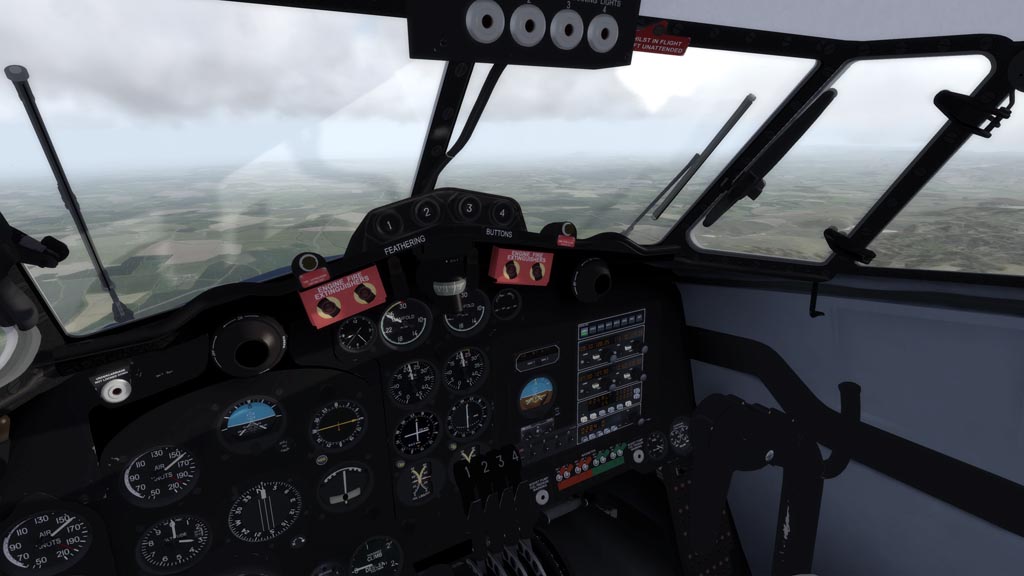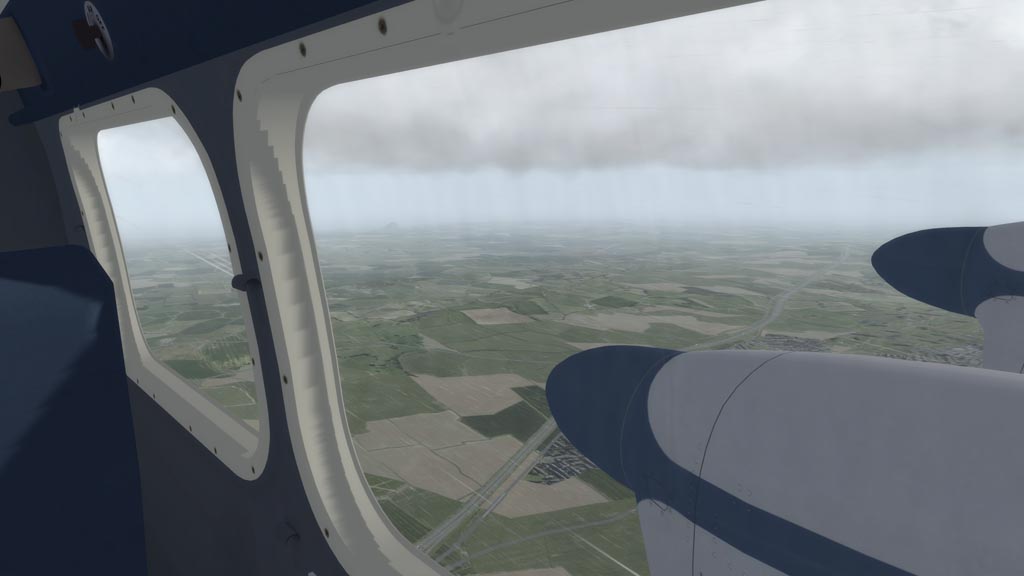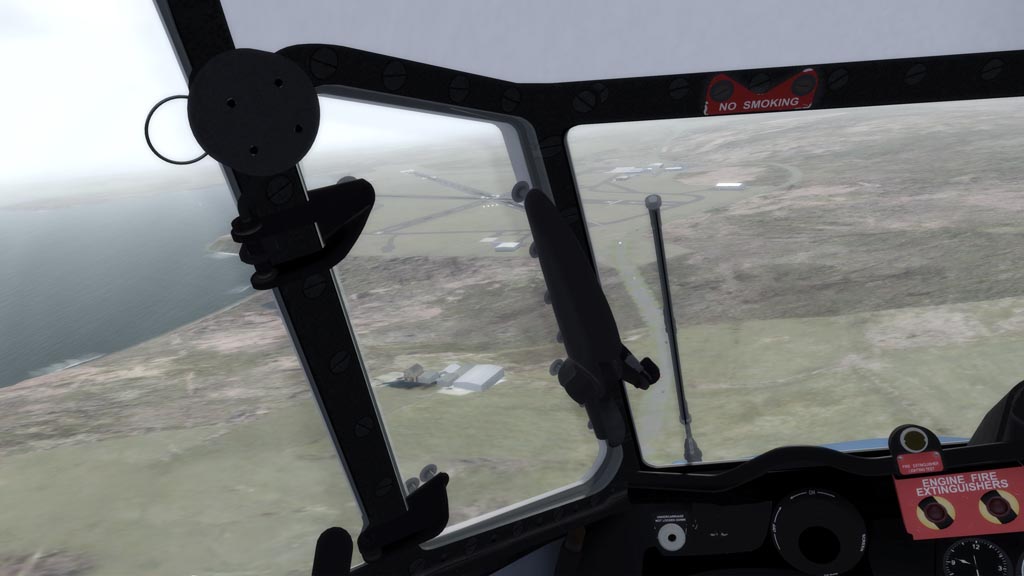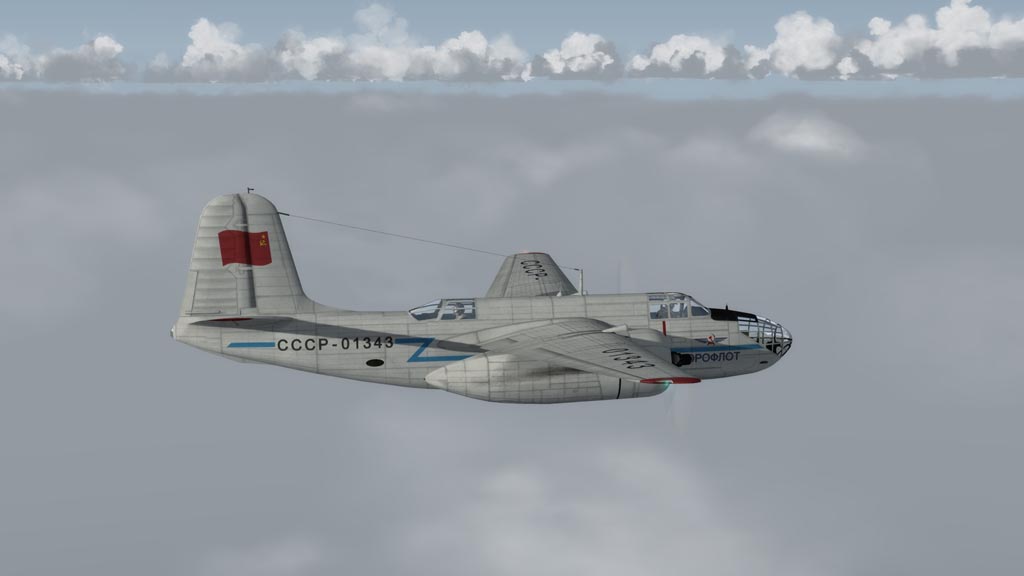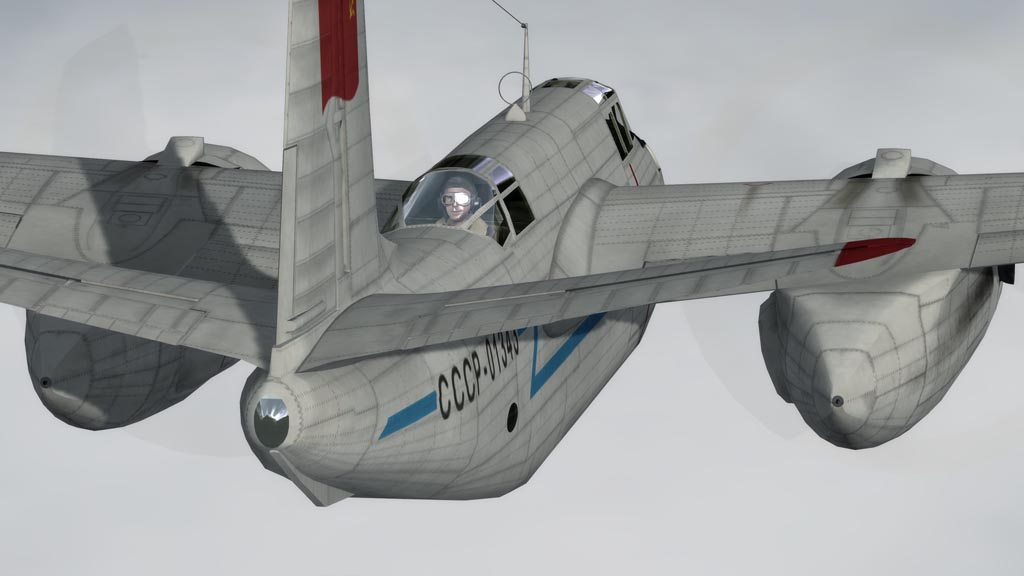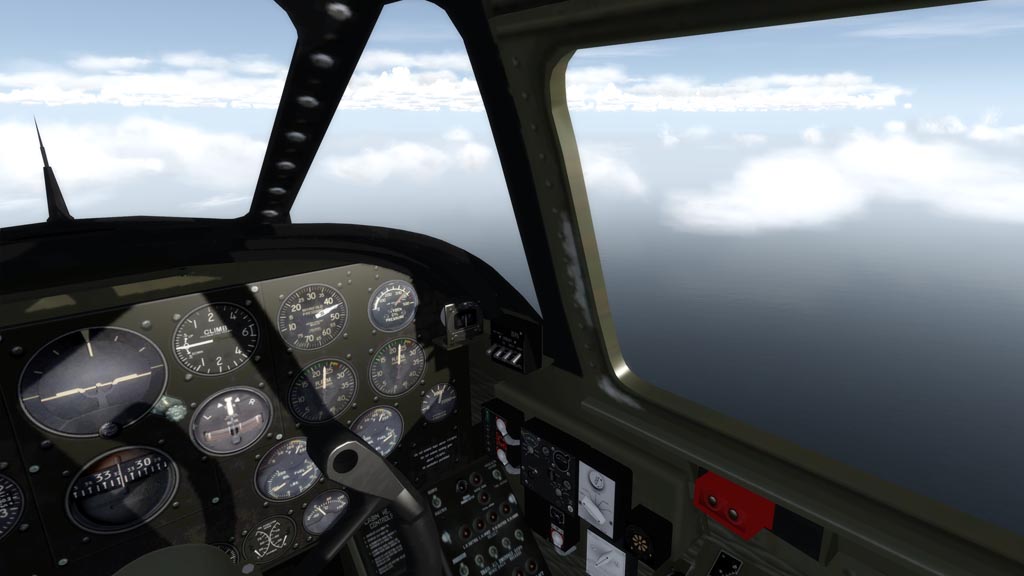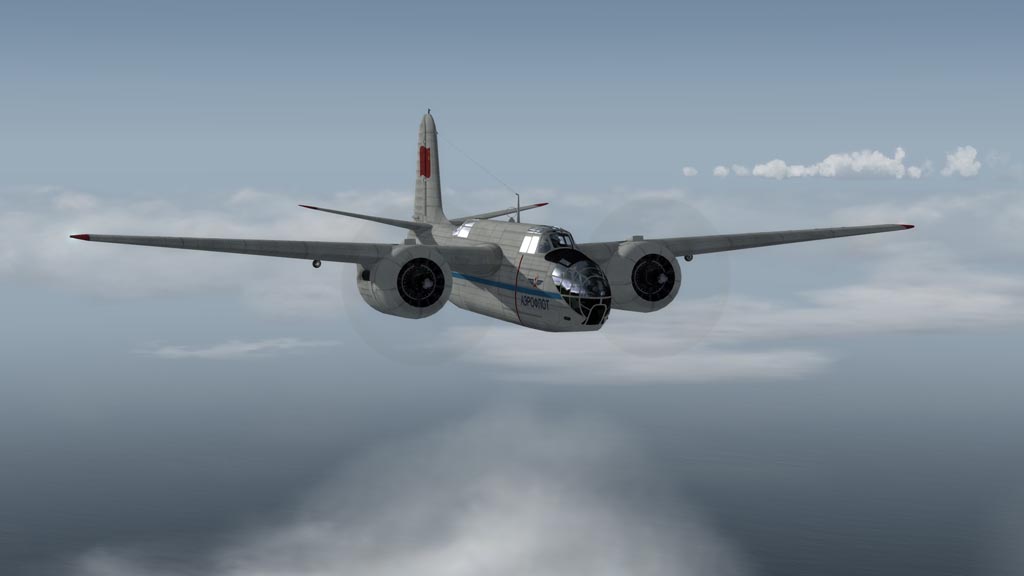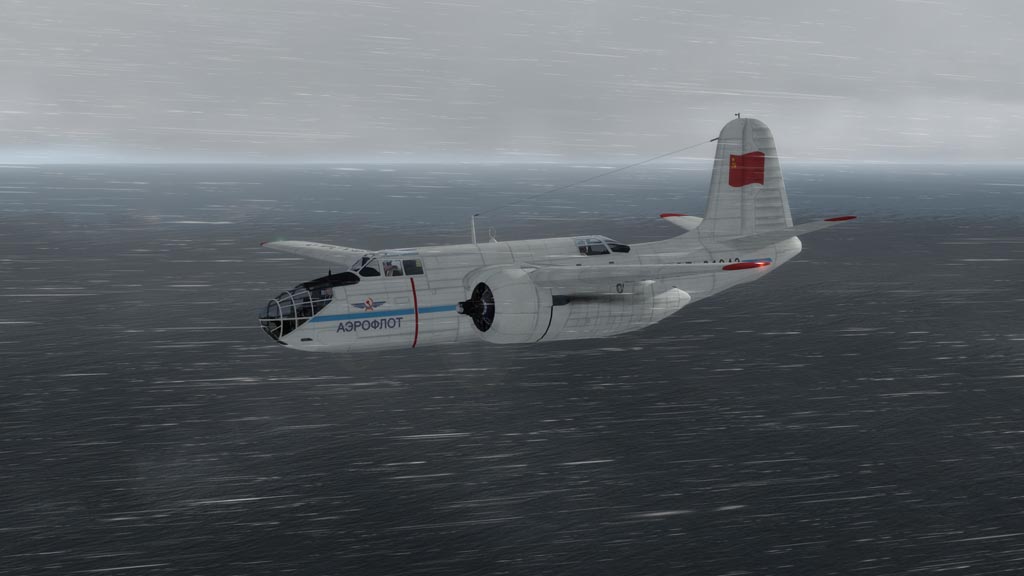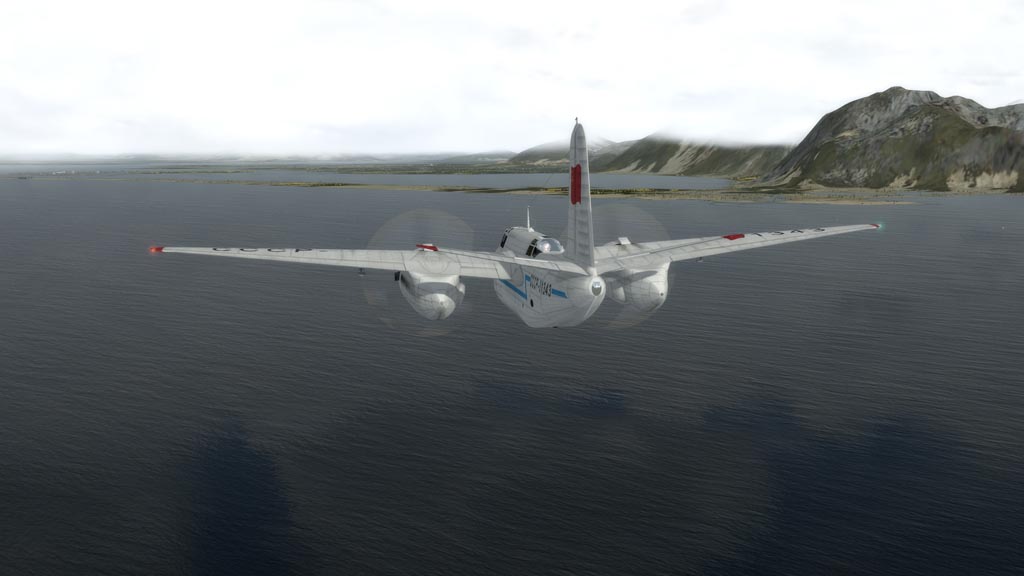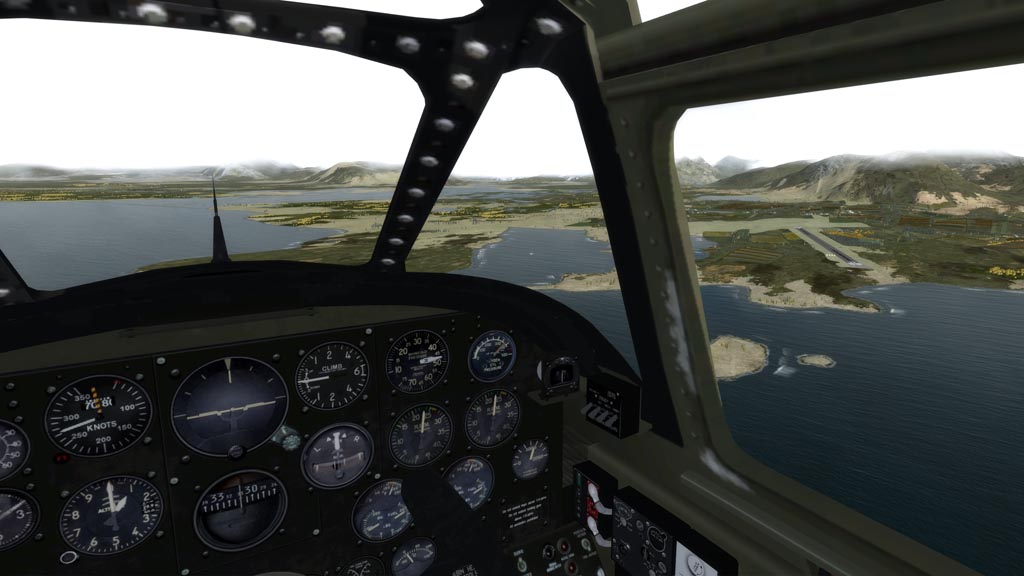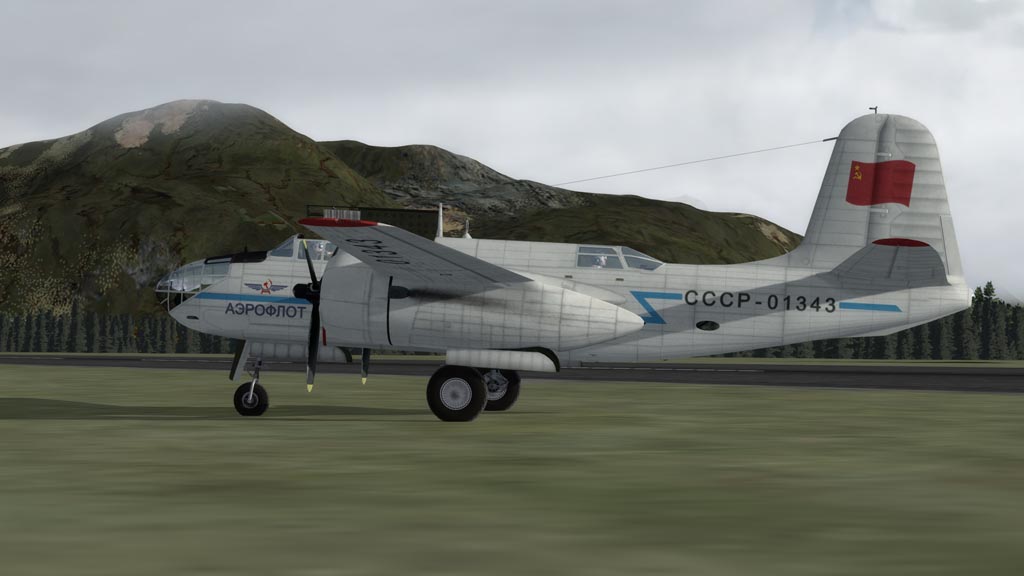blanston12
SOH-CM-2025
July 13, 1924: They left Bucharest at dawn and headed west to the Danube River, through the Transylvanian Alps to Belgrade Yugoslavia. The weather had been remarkably good and the aircraft well so with plenty of fuel remaining they flew over the airport where the diplomatic officials were waiting and continued to Budapest Hungary (Smith later sent an apology). They landed at Maryasfold aerodrome after nearly 7 hours of flying where a small crowd was waiting to greet them, there had been a large crowd but a rumor went around saying the flyers were not coming. But they were welcomed by the diplomats who were there, a few speeches were given and they were invited to a nearby hanger where lunch was provided.
September 16, 2017: The aircraft I will use next is the Antonov An-2, aka "Annushka". The AN-2 is a Soviet built single-engine biplane utility/agricultural aircraft that first flew in 1946. Its remarkable durability, high lifting power, and ability to take off and land from poor runways have given it a long service life. Produced up to 2001 and remains in service operators around the world, over 18000 were built. The model I am using today I was made by SibWings and is very nice but it its not P3Dv4 compatible. Weather started off good, clear with 6 knot winds and a temperature of 22C. I flew west till I intercepted the Danube and followed it through the mountains, then north to Budapest where the weather had turned to thunder storms, but I landed safely at Tököl Airport after 4.1 hours of flying.
Here are the images:
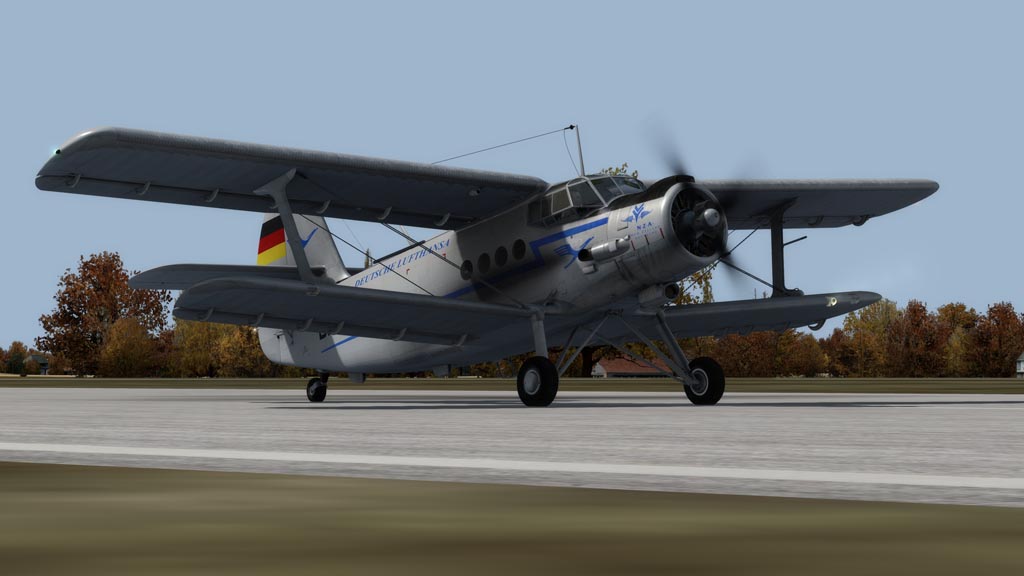
Ready to go.
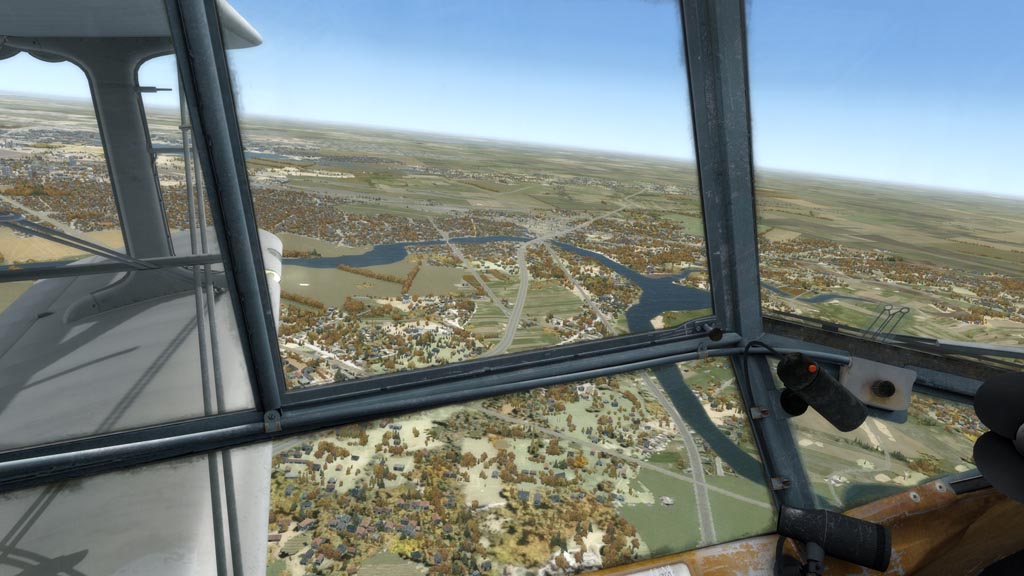
Climbing out of Bucharest.
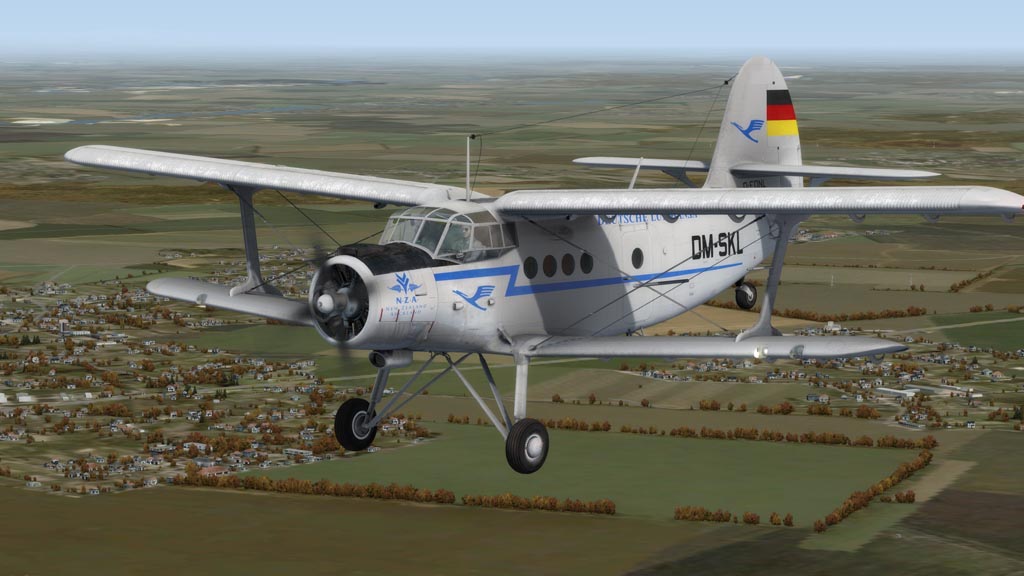
Glamour Shots.
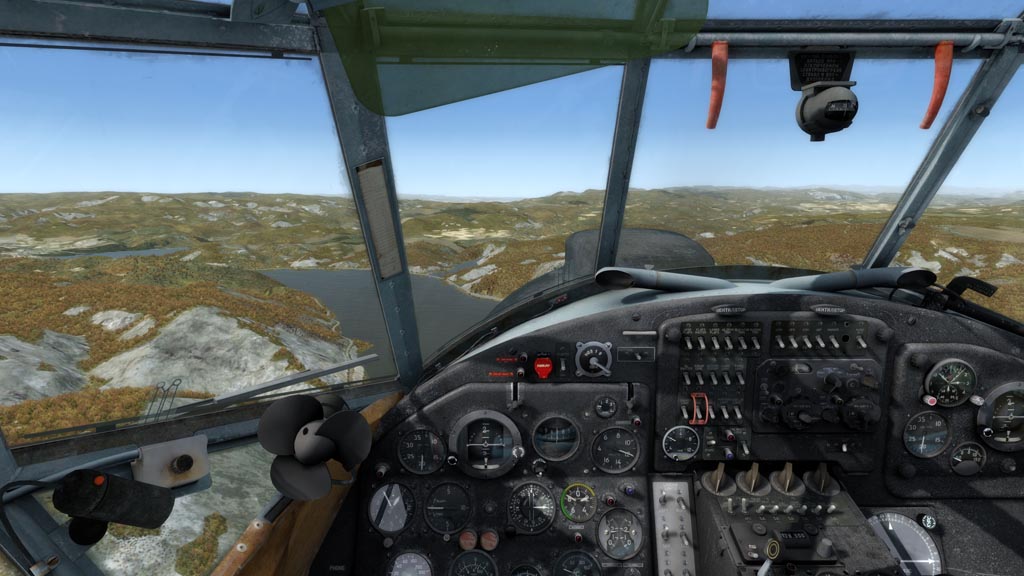
Following the Danube.
September 16, 2017: The aircraft I will use next is the Antonov An-2, aka "Annushka". The AN-2 is a Soviet built single-engine biplane utility/agricultural aircraft that first flew in 1946. Its remarkable durability, high lifting power, and ability to take off and land from poor runways have given it a long service life. Produced up to 2001 and remains in service operators around the world, over 18000 were built. The model I am using today I was made by SibWings and is very nice but it its not P3Dv4 compatible. Weather started off good, clear with 6 knot winds and a temperature of 22C. I flew west till I intercepted the Danube and followed it through the mountains, then north to Budapest where the weather had turned to thunder storms, but I landed safely at Tököl Airport after 4.1 hours of flying.
Here are the images:

Ready to go.

Climbing out of Bucharest.

Glamour Shots.

Following the Danube.

